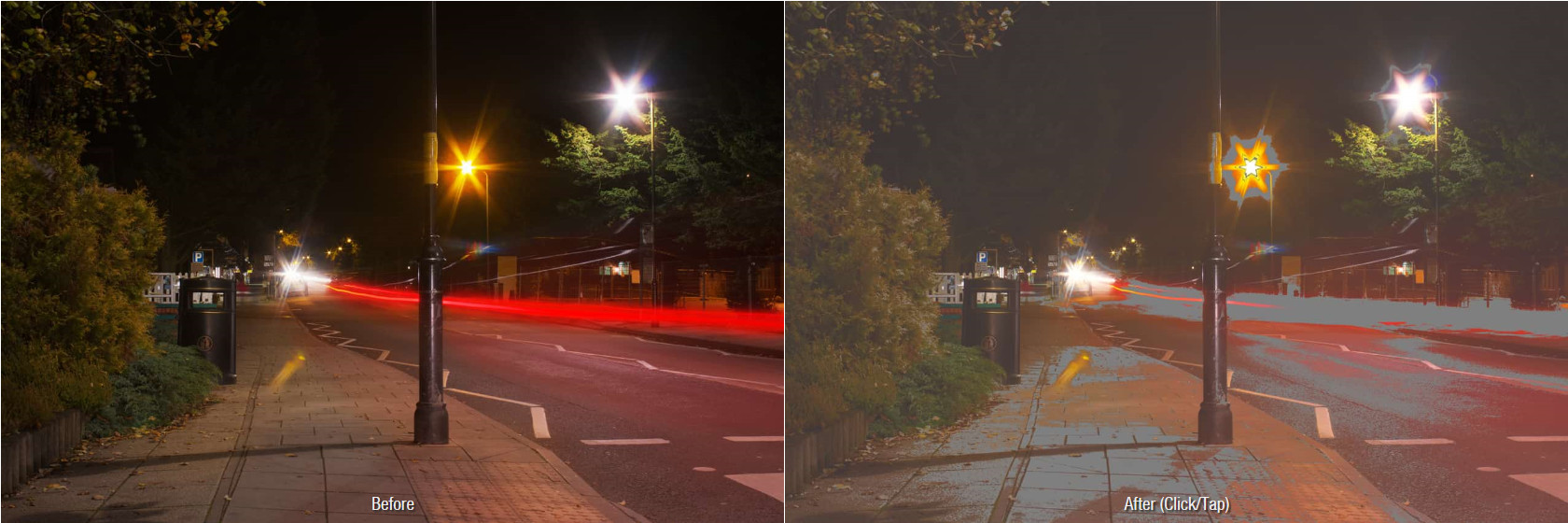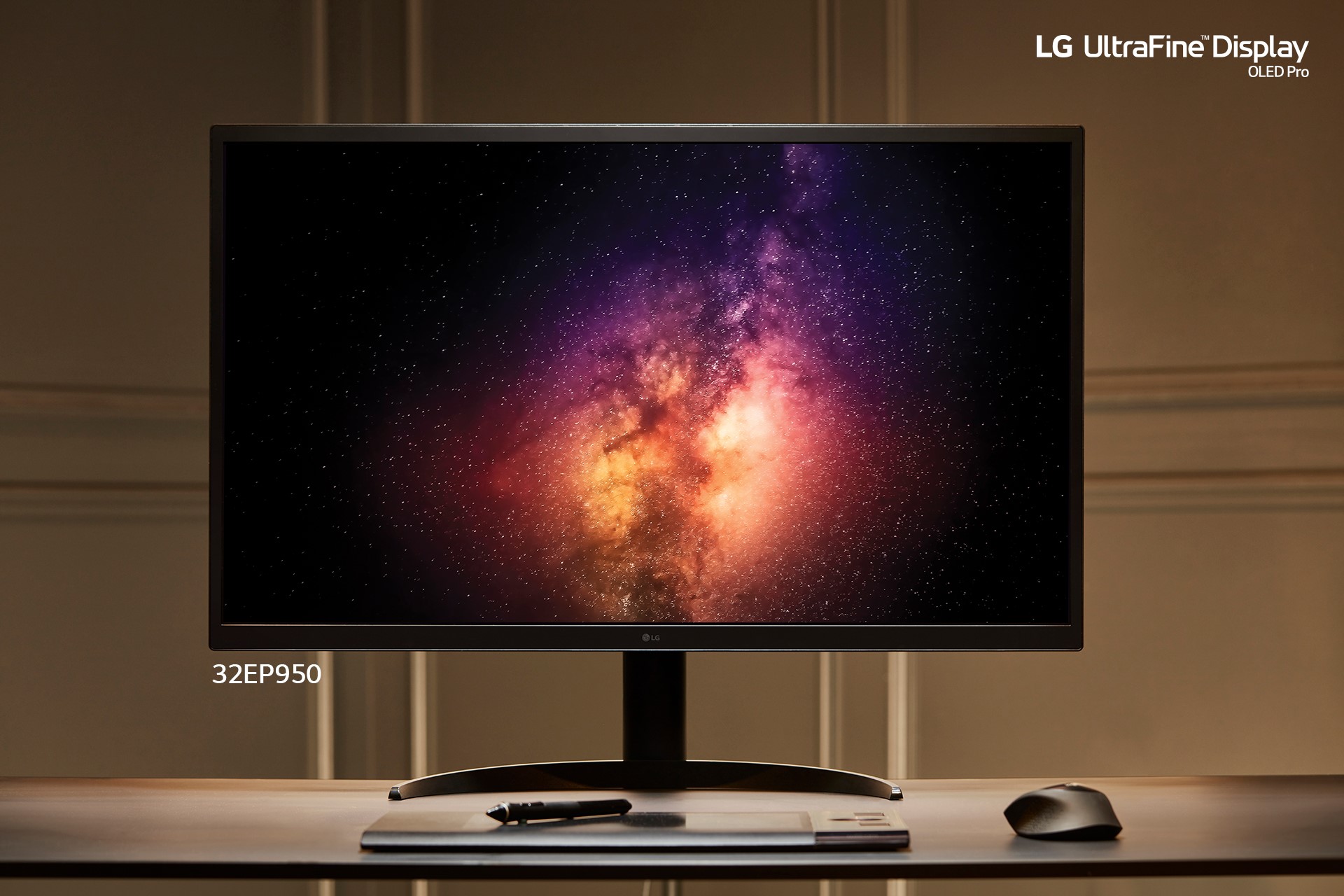Those that are interested in photography and are keen to get good results know that they need a good monitor and in particular one with good colour quality and contrast. But how much contrast do you need?

My attention was drawn to this topic in a review of photographic technology by Dan Wells and published by Luminous Landscape. It’s a subscription site, but one I pay for.
After looking in detail at the digital cameras launched last year, Wells looked at the area of computers and software to support photography. He considered the LG Ultrafine OLED Pro monitor that has been announced, but according to an email I got from B&H Photo yesterday, is still not in stock. (LG Takes the Plunge with RGB OLEDs at CES) The monitor is quite surprising because it uses an inkjet-printed OLED panel from Japanese supplier, JOLED. (JOLED and LG Collaborate to Deliver Superior Productivity for Creative Professionals)
Wells points out that the 1,000,000:1 contrast is, in photographic terms, the equivalent of 20 stops of dynamic range. The best camera sensors have around 15 stops of range, and most have less (my best Sony Alpha 7S has around 14). He points out that at the lowest level of brightness, there may be little to see apart from noise. That means that for most realistic purposes, you probably have around 12+ stops available in the content that you can capture with modern digital cameras.
However, the reality is that the best printers with good quality glossy paper can only produce somewhere around 9 stops of dynamic range*. As he says in the article “the art in processing your photos is largely in how to get a 12+ stop image of what might have been a 20 stop scene (especially if the sun is in the frame) onto a nine stop print”. He also points out that an art paper such as Japanese Washi paper may be as low as five stops in the range it can show, so that some images that look good on the display really won’t look
Wells points out that the 1,000:1 contrast of his Eizo CS2740 monitor is actually getting on for 10 stops, so any more contrast than that is likely to be unprintable, anyway. So, getting an OLED monitor for working on printed photography may not be a great idea as a lot of the time you might see things on screen that you will not be able to see on a print. There is a process called ‘soft proofing‘ that should help to get nearer to the colour and contrast of a print, but that’s still an imperfect solution. Typically, rather than directly simulating the way an image will look when printed, the process will highlight the area of the image that will not look the same on the final device/print.
 This is the soft proof view from my photo editor of choice, Affinity Photo. The areas that will not be correctly shown on the final render are marked in grey.
This is the soft proof view from my photo editor of choice, Affinity Photo. The areas that will not be correctly shown on the final render are marked in grey.
It shouldn’t be assumed that your photograph is intended for print consumption. These days, so many images are consumed online that you may not be worried about the limits of paper printing. In that case, the huge contrast of the LG OLED will be something that it is hard to give up, once you have seen it! (as it is with TVs).
That’s higher dynamic range when projected was one of the reasons that transparencies were a popular option in the days of film. A high quality transparency film, such as the once widely popular Kodachrome, could show a dynamic range of around 12 stops according to those that scan them. It’s fair to say that in most projection environments that range wouldn’t be visible because of reflected light on the screen, but it might be viewable on a light box.
The eye doesn’t have an infinite ability to deal with contrasty images. Wikipedia quotes the retina as having a static dynamic range of around 100:1 (about 6.5 stops), although this is increased by changes to the iris as the eye moves its point of focus around an image. Given plenty of time to adapt, the full range of the human eye is around a hundred trillion to one (about 46.5 stops!).
Of course, the human eye and the perception system of the brain are very sophisticated. When I used to do training on display topics to brands and channel players, I was fond of pointing to the black part of a projected image. “What colour is it?”, I’d ask. “Black”, came the reply. Then I’d block the lens and ask again -the projection screen was now white without the intense reflected light of the projector, but, there could not have been less light when it seemed to be black and there was almost certainly more.
Anyway, to be fair to LG, the company has said that its OLED monitor should be an ideal setup for visual technology. (BR)
* If you are old enough to have done any black and white film-based photography, the around ten stop range of the best prints is one of the reasons for the development of the classic ‘Zone System’ developed by Ansel Adams.


